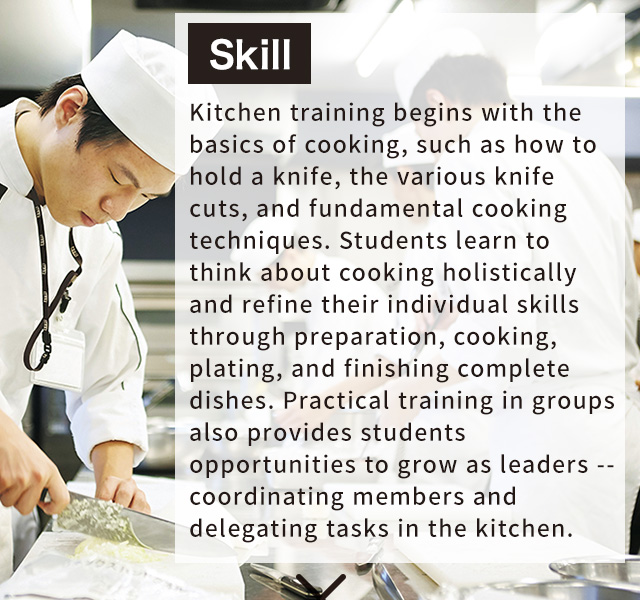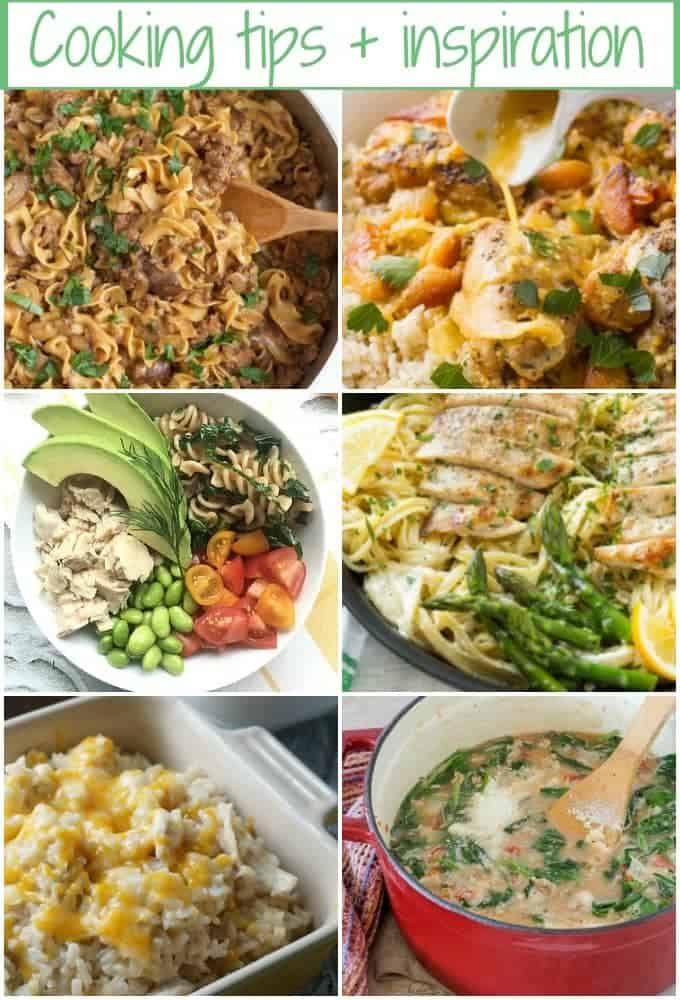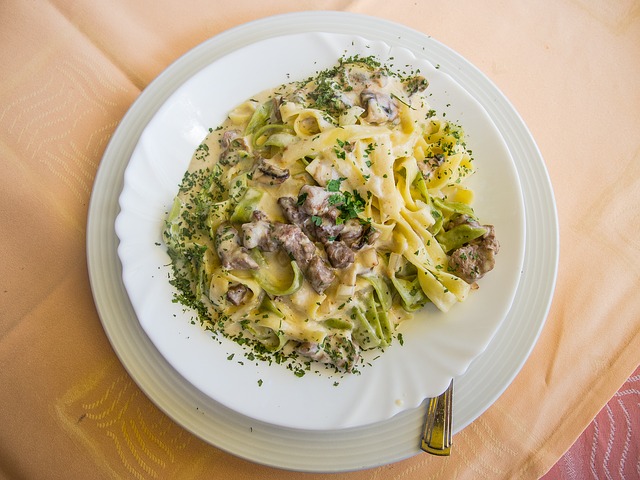
In my previous article, I spoke about the importance and application of cooking skills 101. Chef de Cuisine Joey Delago has created a class that explains each task as well as its associated skill. I discussed the task-centred categories of cooking skills and their applications, including Activating yeast and making stocks. These skills are crucial for any cook, and a list can help you decide which ones to master and which ones to ignore. This article will discuss some skills that you need to master before moving on to the next stage of your culinary journey.
Chef de Cuisine Joey DeLago's cooking skills 101 class
Chef de Cuisine Joey DeLago's cooking skills 101 class is for you if you ever wanted to be a professional chef. This hands-on class focuses on the basic culinary skills you need to make a multi-course meal in a pinch. Joey will give tips on timing, preparation, presentation, and planning. Plus, you can share your final dish with other home cooks!
Categories of cooking skills that are task-based
The Food Agency defines cooking abilities as the combination of knowledge, skills, practices, and techniques that support a healthy diet. This framework acknowledges that many barriers to a healthy diet lie in the environment, but it focuses on promoting food skills by identifying appropriate measures. These measures should be easy to understand, relate to other domains, and be applicable across a wide range of sociodemographic levels. The following four categories are designed to address some of most pressing issues concerning food skills.

Activating yeast
If you are using yeast in your cooking, it is important to learn how to activate it. To activate yeast you can warm tap water and run a bit of hot water through. Sometimes, you might need to add sugar or water. Here are some tips that will help activate your yeast. Once your yeast is bubbly, it's ready to be used. For baking success, activating yeast is an essential step.
Making stocks
Stocks can add flavor to your meals and provide depth to the dish. Stocks made at home can include the flavors of meat, vegetables, and fish. They can also be Western or Asian in origin. While you can make your own stock using bottled water, it is better to use the filtered water available at the grocery store. There are many stock recipes, so it is important that you follow some basic guidelines in order to make your stock as flavorful as possible.
Whipping cream
Whipped cream is a delicious way to top a cake or dessert. This classic dessert is simple to make but you need to be careful. While it looks like slightly melted ice cream, it's not. Instead of a loose consistency, whip cream should have a fluffy, slightly curled peak that sticks with the whisk and doesn’t dissolve immediately. Soft peaks can also be made by beating the cream using a spoon until the cream holds its shape.

Melting chocolate
If you want to create delicious desserts, then learning how to melt chocolate should be on your list. This can be a difficult task so we have some tips to help you make it easier. You must first know the right technique. There are two ways to melt chocolate: double boiler method and the microwave method. Double boiler involves using a heatproof pan or bowl with a glass or stainless-steel bottom and a saucepan of simmering hot water. This method should be used slowly, and you should avoid allowing the water to splash into the bowl.
FAQ
Can I learn to cook alongside my kids?
Yes! Kids love to help in the kitchen. It's a great way to teach responsibility and teamwork. The whole process can be done by children, including washing and chopping vegetables. If your children follow safe practices when handling knives, they will enjoy helping you cook.
Are there any requirements to become a chef?
No. No. Many chefs began their careers learning by themselves. Some even went to culinary schools to gain practical experience. Many chefs prefer to attend culinary school for the increased opportunities to learn and grow as professionals. Culinary schools provide hands-on training that helps students develop valuable skills and enhance their culinary knowledge.
Which is the best way for you to learn how to cook?
Cooking can be something everyone should master. If you don't know how to cook, you miss out on some great food experiences. To learn how to cook, you must first find a recipe you like and then follow it carefully. Next, you'll want to practice making small changes to the recipe until you feel comfortable making the dish yourself. The last step is to cook for others. This will not only help you cook better, but it will also test your skills.
How much does it cost for you to learn culinary arts?
It is not easy to find a culinary arts degree that costs less than $40,000. For example, a four-year degree typically costs around $40,000. A two-year associate's level degree can cost less than $5,000. Tuition costs vary depending on which program you choose. Public institutions are more expensive than private institutions.
Statistics
- On average, chefs earn $58,740 a year, according to the BLS. - learnhowtobecome.org
- According to the BLS, chefs earn $58,740 a year. (learnhowtobecome.org)
- The median pay for a chef or head cook is $53,380 per year or $25.66/hour, according to the U.S. Bureau of Labor Statistics (BLS). (learnhowtobecome.org)
External Links
How To
How to make a perfect Omelette
Omelets are a favorite breakfast food of mine. But how do they turn out so perfectly? There are many recipes and methods I tried, but none worked. Today, I'd like to share some tips with you in order to make delicious and fluffy omelets every day.
We should first know that eggs are very temperamental ingredients when making omelets. They must be fresh, preferably from the organic market, and be kept cold until cooking. The yolks and whites will not form properly if they aren't kept cold enough. This can make your omelets look bizarrely colored. If you plan to cook the eggs right away, it is best to use room temperature eggs.
You can also separate the egg before you add it to the pan. You don't want the white to get mixed with the yolk, as this could cause the egg to curdle.
If you add the egg directly onto the stovetop, you might end up burning the bottom part of the egg, which would ruin the texture of your omelet. Instead, heat the egg for 10 seconds in the microwave before placing it in the pan. The microwave heat is sufficient to cook the egg without overcooking.
Next, let’s talk about mixing the egg. When mixing eggs, it is important to thoroughly beat them. Turn the bowl upside down and grab the whisk to do this. Now shake the bowl vigorously. By doing this, the egg is thoroughly mixed with the air in the bowl.
The fun part is now - adding the milk to the mixture. Pour half the milk into the beaten egg mixture and then fold in the eggs. Do not be alarmed if there are still egg streaks visible. Once the omelet flips, these streaks will disappear.
After folding the eggs fold the pan onto medium heat. When the oil starts to hot, wait for the pan to cook. Once the oil starts getting hot, add 1/4 cup of butter to the pan and swirl it around to coat the entire surface of the pan. The lid should be carefully opened. Sprinkle salt in the pan. The salt will help to prevent the omelet's sticking to the pan.
Cover the pan once you have formed the omelet. Wait for the top to set. Use a spatula to flip the omelet or turn the pan upside-down. Cook the other side for another minute or two. Take out the omelet and place it in a bowl.
This recipe works best with whole milk, but skimmed milk also works.